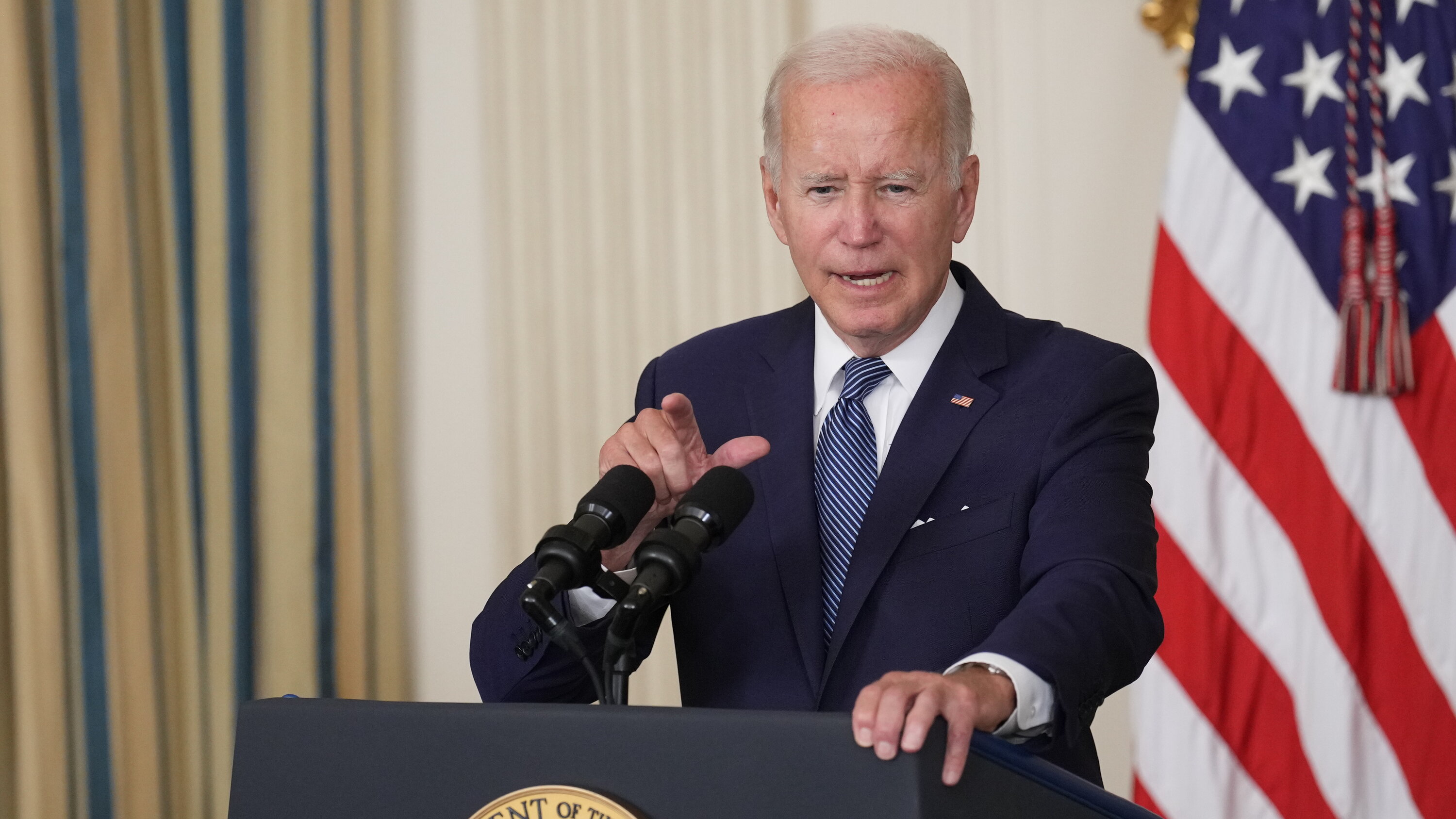Trump's Trade Rhetoric: Assessing The US-Canada Economic Interdependence

Table of Contents
The Depth of US-Canada Economic Integration Before Trump's Presidency
Before the Trump administration, the US and Canada enjoyed a remarkably high level of economic integration, fostered by decades of close cooperation and the North American Free Trade Agreement (NAFTA). This interdependence was evident in several key areas:
Bilateral Trade Volumes
The pre-Trump era witnessed massive bilateral trade volumes between the US and Canada. The two countries were each other's largest trading partners.
- Data: Before 2017, annual bilateral trade consistently exceeded $600 billion, with the US consistently running a trade deficit with Canada in certain sectors while maintaining a surplus in others. This encompassed a vast array of goods and services, creating a highly integrated trading relationship.
- Leading Sectors: Key sectors driving this trade included automotive manufacturing, energy (oil and gas), agriculture (especially grains and livestock), and forestry products. The intricate nature of this trade made the relationship particularly vulnerable to disruptions.
- Comparative Data: Compared to trade relationships with other countries, the US-Canada trade relationship was exceptionally robust and deep, reflecting decades of close economic collaboration and shared supply chains. This highlighted the importance of maintaining a stable and predictable trade environment.
Supply Chain Integration
The US and Canadian economies were—and continue to be—deeply intertwined through extensive supply chain integration. This is especially evident in the automotive industry.
- Cross-Border Manufacturing: Many vehicles are assembled in one country using parts manufactured in the other, a testament to the "just-in-time" manufacturing systems that rely on seamless cross-border movement of goods. Disruptions to this flow can have cascading effects throughout the supply chain.
- Shared Component Suppliers: Numerous companies operate on both sides of the border, supplying components to manufacturers in both the US and Canada. This created shared economic fates.
- Vulnerability to Trade Disruptions: The high degree of integration meant that any disruption to trade flows—whether through tariffs or other trade barriers—would have significant and immediate repercussions for both economies.
Trump's Trade Policies and Their Impact on US-Canada Relations
Trump's presidency brought significant changes to the US-Canada trade relationship, largely driven by his trade rhetoric and protectionist policies.
NAFTA Renegotiation (USMCA)
The renegotiation of NAFTA into the United States-Mexico-Canada Agreement (USMCA) was a central feature of Trump's trade agenda. While presented as an update, the renegotiation introduced changes that significantly impacted the bilateral relationship with Canada.
- Key Changes: Notable changes included modifications to dispute resolution mechanisms, the inclusion of stricter rules of origin for the automotive industry, and adjustments to the dairy quota system, impacting Canadian dairy farmers considerably. These altered the pre-existing balance in the trade relationship.
- Effects on Canada: The changes, while negotiated, created considerable uncertainty and raised concerns about Canada's access to the US market, particularly in sensitive sectors like dairy.
Tariffs and Retaliatory Measures
The Trump administration imposed tariffs on various Canadian goods, leading to retaliatory measures from Canada. This sparked a trade skirmish with significant economic consequences.
- Specific Examples: Tariffs were imposed on Canadian steel and aluminum, among other products. These were met by Canadian retaliatory tariffs on various US goods.
- Economic Impact: These tariffs raised prices for consumers in both countries and disrupted established trade flows, negatively affecting businesses and creating uncertainty within the supply chain. The impact on specific sectors, particularly those closely integrated into cross-border supply chains, was significant.
Long-Term Implications of Trump's Trade Rhetoric on US-Canada Economic Interdependence
Trump's trade actions raised questions about the long-term implications for US-Canada economic interdependence.
Shifting Trade Patterns
Despite Trump’s rhetoric and actions, there was limited evidence suggesting a substantial shift in US-Canada trade patterns. The deep-rooted economic integration proved surprisingly resilient.
- Resilience of US-Canada Trade: The fundamental economic ties between the two countries—driven by geographical proximity, shared supply chains, and complementary economies—proved to be remarkably resilient to the shocks of Trump's trade policies.
- Limited Diversification: While there might have been some minor adjustments and diversification of trade partners, the US and Canada remained each other's dominant trading partners, demonstrating the enduring nature of their economic relationship.
Political Fallout and Future Prospects
Trump’s trade rhetoric and policies strained the political relationship between the US and Canada. However, the long-term consequences remain a subject of ongoing debate and study.
- Assessment of Current Relations: While the relationship has seen a period of repair after Trump's presidency, the lingering effects of his trade actions are still being assessed.
- Future Trade Negotiations: The experience of the USMCA renegotiation has shaped expectations for future trade negotiations between the two countries, highlighting the need for predictable and stable trade policies.
Conclusion
Trump's trade rhetoric and policies significantly impacted the US-Canada relationship, introducing uncertainty into an already deep economic interdependence. While his actions undeniably created tension and disruptions, the fundamental economic ties between the two nations proved remarkably resilient. The USMCA replaced NAFTA, altering some aspects of the trade relationship, but the core of the economic interdependence remained. Further research is needed to fully understand the long-term effects of Trump's trade policies on the US-Canada economic interdependence. Analyzing future trade patterns and policy decisions will help us better assess the lasting impact of Trump's trade rhetoric on this vital bilateral relationship. Continue reading to learn more about the complexities of US-Canada trade and the enduring impact of Trump's trade rhetoric.

Featured Posts
-
 Nba Play In Game Preview Golden State Warriors Vs Memphis Grizzlies
May 16, 2025
Nba Play In Game Preview Golden State Warriors Vs Memphis Grizzlies
May 16, 2025 -
 Nfl Quarterbacks Unexpected Japan Baseball Game Catch
May 16, 2025
Nfl Quarterbacks Unexpected Japan Baseball Game Catch
May 16, 2025 -
 Live Stream Barcelona Vs Girona Free Online Tv Channels And Kick Off Time
May 16, 2025
Live Stream Barcelona Vs Girona Free Online Tv Channels And Kick Off Time
May 16, 2025 -
 Saturdays Mls Game Key Injuries To Martinez And White
May 16, 2025
Saturdays Mls Game Key Injuries To Martinez And White
May 16, 2025 -
 The Biden Administrations Rebuttals Key Controversies
May 16, 2025
The Biden Administrations Rebuttals Key Controversies
May 16, 2025
